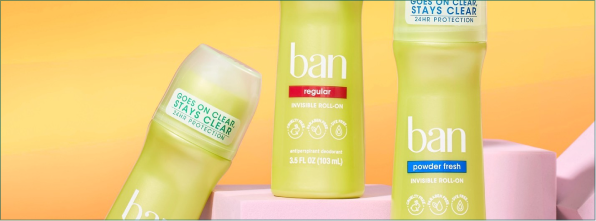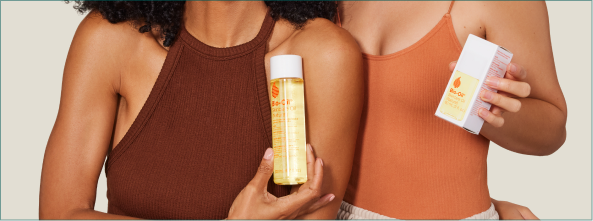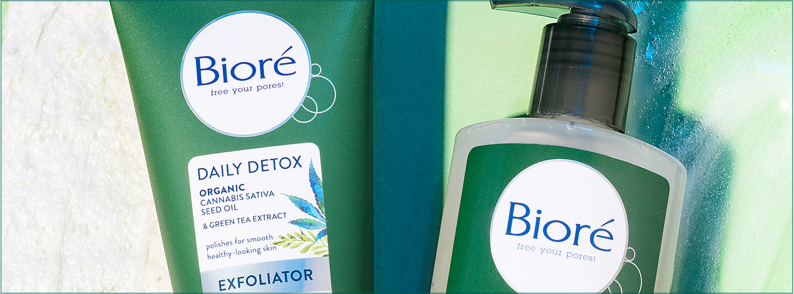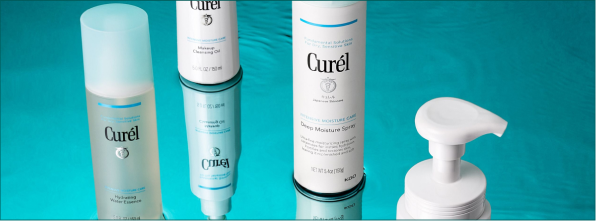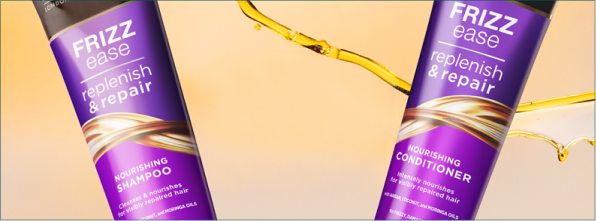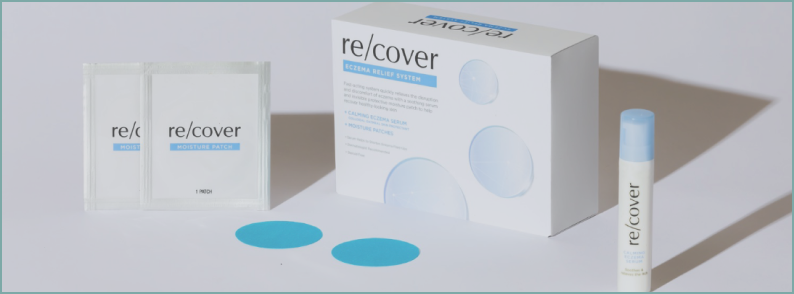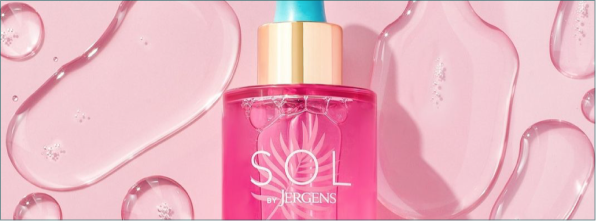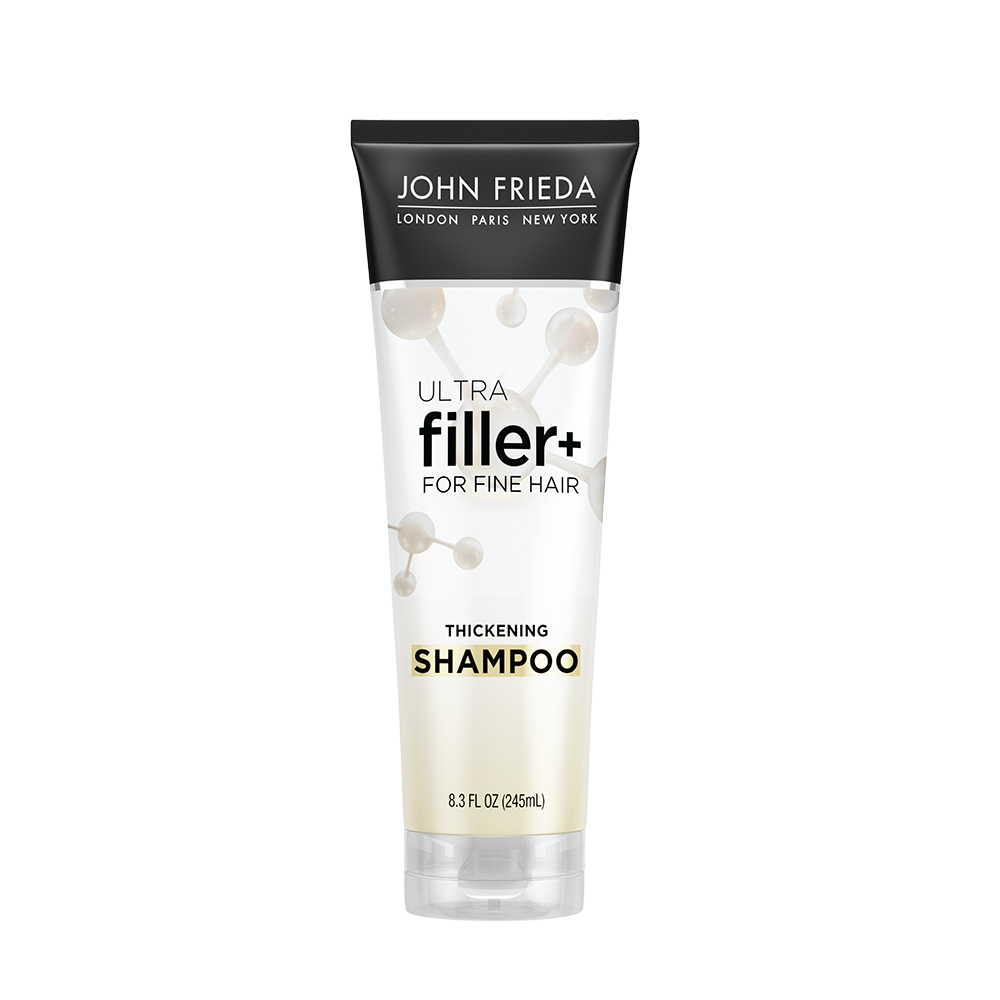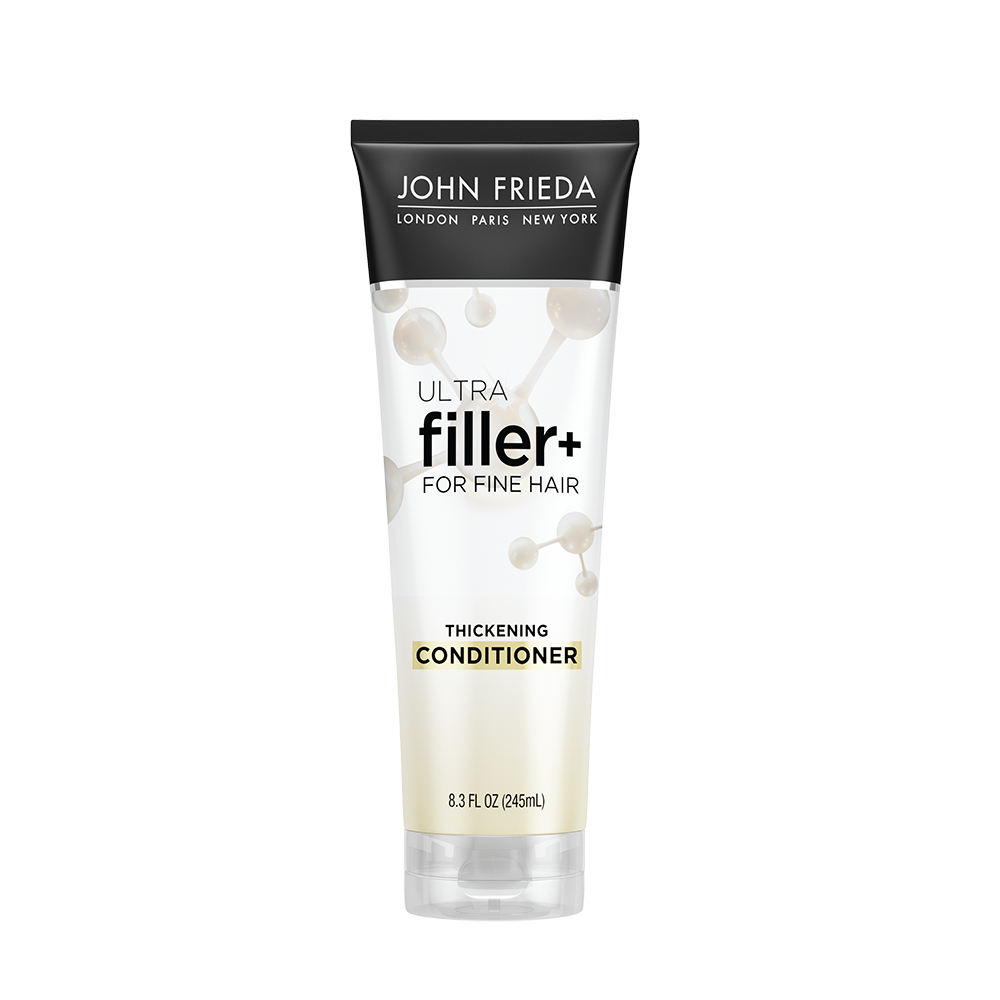How to Stop Thinning Hair in Women: Causes and Treatments

Learn how to stop and prevent hair thinning with John Frieda. Discover the causes of hair loss and which thickening hair products to use to fix it!
Hair thinning is one of those things that can sneak up on anyone. One day, you notice your ponytail is a little bit slimmer, or you look in the mirror and notice you can see more of your scalp than you used to. Feeling a bit shaken when you notice hair thinning is normal. It's not just about strands falling out; it's about how it can make you feel.
Understanding Hair Thinning
Hair thinning is a gradual process where your hair starts losing its density and volume. It's not abrupt hair loss but rather a steady reduction in thickness, which many people experience.
"Hair thinning is a gradual process where your hair starts losing its density and volume."
Understanding the difference between hair thinning and hair loss is crucial, as it guides the approach to addressing these concerns and getting your thicker hair back. Hair thinning is a subtle signal from your hair that it's not as voluminous as it once was. Hair loss, however, is a louder declaration of strands bidding goodbye, resulting in more noticeable patches or bald spots.
In other words, hair thinning = gradual, and hair loss = sudden.
The Root Causes of Hair Thinning
The causes of hair loss and thinning are roughly the same. There are four main reasons for hair thinning:
- Diet: Inadequate intake of essential nutrients like iron, protein, and vitamins. Iron deficiency, particularly common in women, is linked to hair loss. Protein deficiency weakens hair structure, leading to breakage.
- Stress levels: Elevated stress can trigger a condition known as telogen effluvium, where hair follicles prematurely enter the resting phase, leading to increased shedding.
- Hair care habits: Overusing styling tools (like straighteners and curling irons), harsh chemicals (like bleach and excessive coloring), and tight hairstyles (ponytails, braids) can damage hair follicles.
- Hormones: Hormonal fluctuations, especially post-pregnancy, can lead to telogen effluvium, causing excessive shedding a few months after giving birth. Postpartum hair loss is usually temporary.
Hair Thinning Treatment
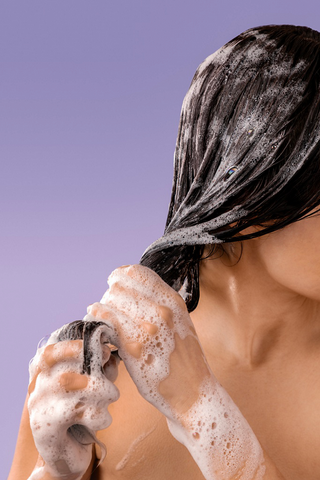
- Look into topical treatments, such as minoxidil, to stimulate hair growth. Consult with a healthcare professional first.
- Choose volumizing shampoos or mousses to add fullness to hair without weighing it down.
- To support hair health, focus on a balanced diet rich in iron, protein, omega-3 fatty acids, and vitamins (such as biotin, vitamin D, and vitamin E).
- Consider supplements after consulting a healthcare professional to address specific nutrient deficiencies related to hair health.
- Exploring the potential benefits of essential oils, like rosemary or lavender, through scalp massages to promote hair health.
How to Prevent Hair Thinning
- Opt for shampoos that repair and replenish the hair.
- Try a toning mask to maintain a vibrant color without damaging the hair shaft.
- Incorporate foods such as fish, nuts, leafy greens, and fruits into your diet to contribute to hair vitality.
- Consider taking vitamin supplements after consulting with a healthcare provider.
- Get regular physical activity and sufficient sleep to improve blood circulation and nourish hair follicles.
- Limit the use of heat tools and harsh chemicals on your hair.
- Give yourself regular scalp massages to stimulate hair follicles.
- Practice gentle hair care.
Hair breakage is another crucial aspect to consider in your hair health journey. To stop hair breakage, handle your hair gently, minimize heat exposure, keep it well-moisturized, and consider protective styles for thin hair or treatments that can strengthen your strands.
Thin Hair Styling Tips Hair thinning can be a source of stress for many, but with the right products, you can have your hair looking as voluminous and bouncy as ever. Here are some thin hair styling tips to keep your confidence high. Understanding the various causes, ways to prevent further hair thinning, available treatments, and the impact of emotional well-being on this journey allows you to make informed decisions. Take the reins on your hair health journey. Remember, it's not just about finding solutions but recognizing that hair thinning is a natural part of life for many, but it can be helped. With some hair-thinning treatments and health changes, you can get back to a more confident you!
